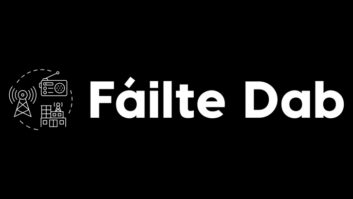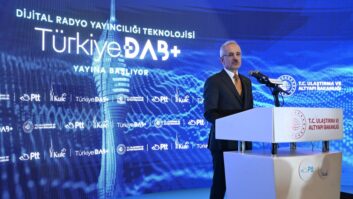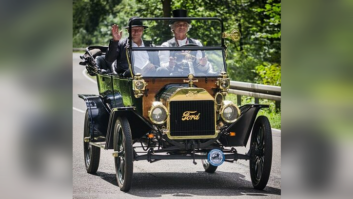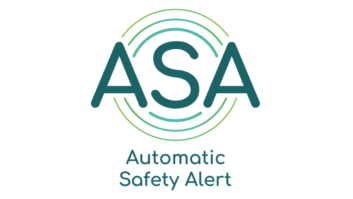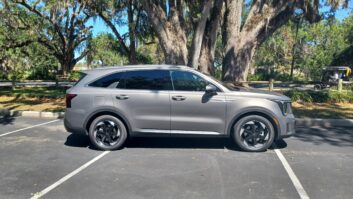After years of growth, DAB+ digital radio penetration in European Union (EU) automobiles has reached a stage of “maturity.” That was the message driven home by WorldDAB President Patrick Hannon during his opening presentation at the WorldDAB Automotive 2023 conference. The conference was held in Paris, France, on June 15, with its sessions also being viewable on the web. WorldDAB is the international association promoting the adoption of this digital radio transmission standard around the globe.
“DAB+ is now a standard feature in European cars in 2022,” Hannon told conference attendees. “Last year, 96 percent of new cars sold within the European Union came with DAB+ 96 percent. Another way of putting that is that there were 10 million new vehicles on the road with DAB+. And in 2023 this year we’re likely to be closer to 12 million.”
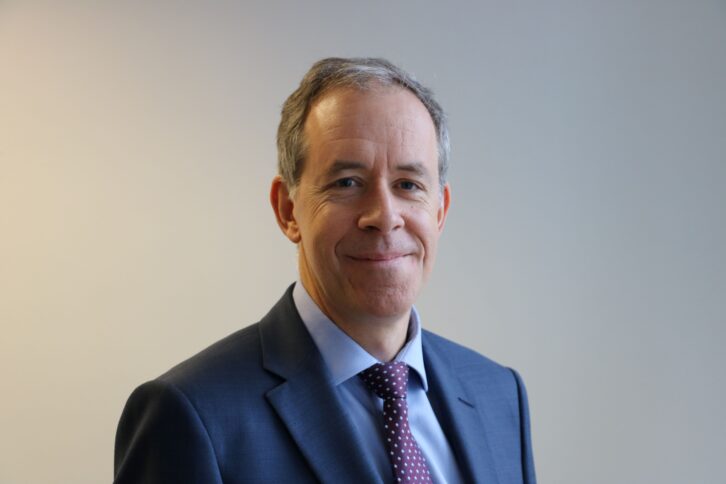
This level of DAB+ in-car penetration is “completely changing the landscape,” he declared. “And when I say it’s changing the landscape, these are the listening figures from the UK from the first quarter of 2023. For the first time, DAB is accounting for more than 50 percent of all radio listening in cars. FM is 43 percent. Interestingly, online is 6 percent — and I say interestingly because last year it was 7 percent. It’s actually declined year on year.”
[Visit Radio World’s Global News Page]
Hannon underscored his point by highlighting the progress of DAB+ in a number of European Union member countries. “In Germany, autobahn coverage is 99 percent and they sold 2.5 million new cars with DAB+ last year,” he said. “In Italy, since January 2020, there’s been a law in place that requires all receivers, both automotive and consumer, to be digital. This is underpinning an expansion particularly of local services but also of national services under a new frequency plan that is just being introduced. And then in France, major roads are a critical element of the DAB+ coverage strategy. With that coverage in place, it’s then going to be possible to launch a national [DAB+] marketing campaign, which we’re expecting to launch in the second half of this year.”
Meanwhile, Sweden is adding seven new national DAB+ services, Croatia is adding five DAB+ multiplexes (one national and four regional), and the Czech Republic is “currently consulting on the launch of two national networks and 27 regional ones,” said Hannon. “So the picture really is changing quite dramatically. At the same time, WorldDAB membership is growing at a faster rate than any time in the last 10 years,” he noted. “I say that because since November of last year, we’ve got nine new members and two of those have joined in the last week.”
All told, the “maturity” of European in-car DAB+ is important news for EU broadcasters and listeners alike.
“So why is this important?” asked Hannon. “Well, essentially it’s important because radio plays a key role in the lives of European citizens,” he answered himself. “85 percent of Europeans listen to the radio each week. Radio is the medium most trusted by European citizens for 12 years in succession. And 90 percent of car buyers say broadcast radio should be standard in every vehicle.”
After delving into the benefits of DAB+ for these two core groups, Patrick Hannon mentioned that 13 car makers now belong to WorldDAB.
“Lotus and General Motors have been the most recent to join and Ford only joined a few months ago,” he said. “The fact that they’re involved in the organization frankly gives everybody in this room an opportunity to work with them to work out how to produce the best results [for DAB+ in the car].”
Hannon wrapped up his presentation with three final messages: “Number one, cars are a major growth driver for DAB+ across Europe,” he said. “Number two, DAB+ brings benefits to listeners, broadcasters and car makers. And number three, collaboration across sectors is the key to future success.”
This is Part 1 of a four-part series on the 2023 WorldDAB Automotive conference. Read Part 2.

